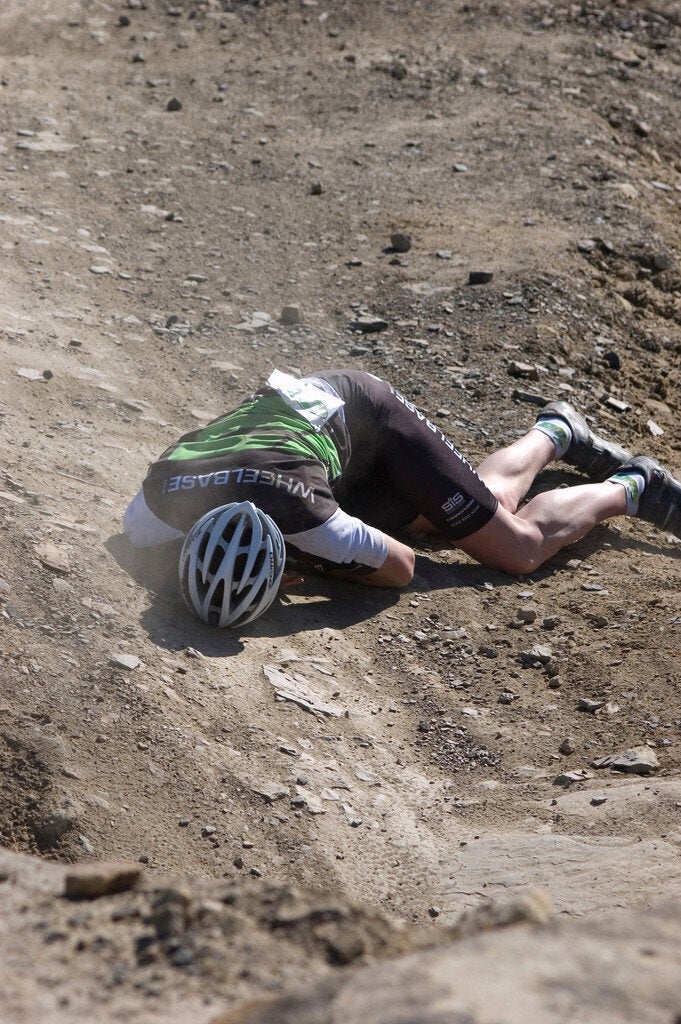
Some people crave dirt—especially pregnant women and young children, especially in hot, moist climates. The craving, known as geophagy, has been noted in cultures throughout the world. Marquez cites it as a hereditary trait of the Buendía Family, the protagonists of his masterpiece 100 Years of Solitude. Folklore in the South has long venerated the dietary choices of "dirt-eaters." Pica—the general term for eating non-food items, including dirt—has even been observed in monkeys and apes. Until recently, though, no one knew why we would have evolved to want to eat earth, given its lack of nutrition. Some had speculated that geophagy is a response to malnutrition, particularly mineral deficiencies, but studies have not borne that theory out.
New research from Cornell University suggests that eating dirt can help prevent disease. When ingested clay lines the stomach, it hinders access to the body by bacteria and viruses and also facilitates nutrient absorption. This twin action helps explain the prevalence of the practice in certain demographics. Pregnant women and children are especially vulnerable to malnutrition and bacterial infection, which are especially common in hot, moist regions. That may explain be why up to 30-60 percent of pregnant women in parts of Africa report craving dirt during pregnancy—compared to just .01 percent of pregnant Danes.